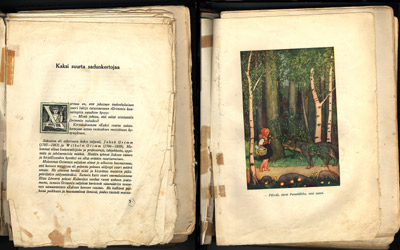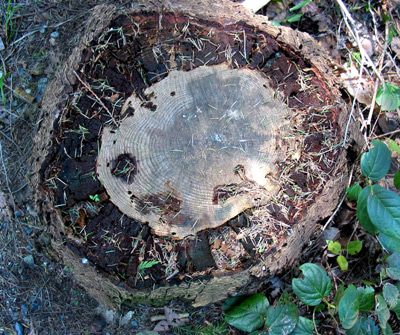The Big Print Show
A quick update: Carolyn at studio notebook* (May 21, 2004 entry) visited the Big Print Show at the Greg Kucera Gallery in Seattle, about which I posted recently. She comments on her favourites and has good links including the gallery’s extensive on-line print catalogue. Have a look! Thanks, Carolyn, for sharing!
* site is no longer active, link removed



